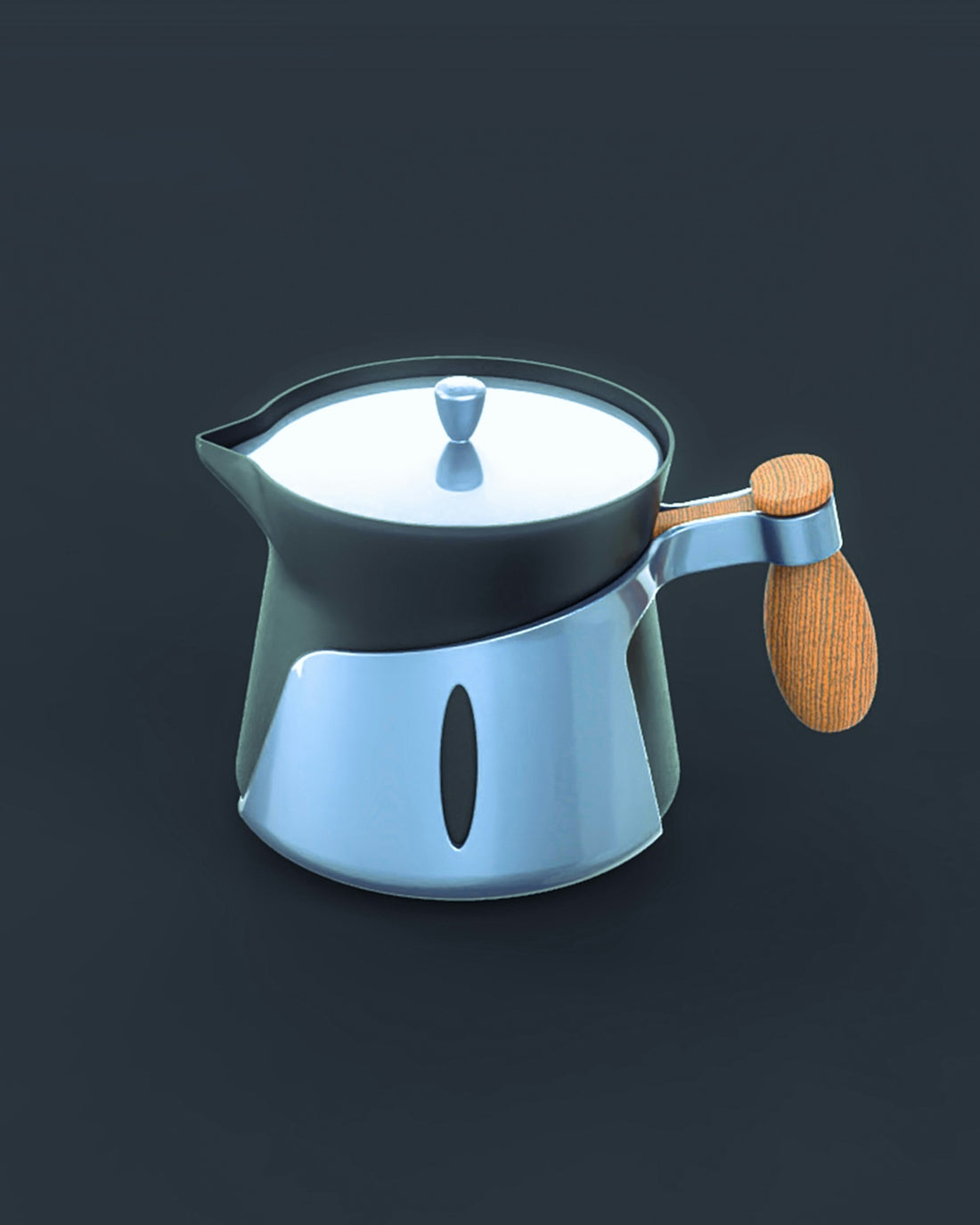
Comparing Sourdough Starter vs Yeast: What’s Best for Artisan Baking?
When it comes to artisan bread baking, the age-old debate continues: sourdough starter vs yeast. Whether you're a novice baker embarking on your homemade sourdough journey, or a seasoned pro seeking to perfect your sourdough bread recipe, understanding the differences between these two leavening agents is crucial. In this post, we'll dive deep into the characteristics of each, explore sourdough fermentation, and provide insights from my sourdough life to help you decide which is best for your baking endeavors.
The Basics of Leavening Agents
Sourdough Starter
A sourdough starter is a live culture of flour and water. By nurturing this mixture, wild yeast and beneficial bacteria naturally present in the environment, such as lactobacilli, are cultivated. This wild yeast fermentation process is what gives sourdough its distinctive tangy flavor and chewy texture.
- Ingredients: Strong flour and water.
- Process: Requires regular feeding and maintenance. Here's a guide on how to feed sourdough starter.
Commercial Yeast
Commercial yeast, often referred to simply as “yeast,” includes active dry yeast, instant yeast, and fresh yeast. It provides a reliable and quick way to leaven bread, resulting in a more neutral-tasting loaf.
- Ingredients: Single-celled fungi often available as granules or blocks.
- Process: Requires less preparation time compared to sourdough fermentation.
Advantages of Sourdough Starter
- Flavor Profile: Due to wild yeast fermentation, sourdough bread has complex flavors that commercial yeasts cannot replicate. This makes sourdough a favorite for those who savor depth and nuances in their bread.
- Digestibility: Sourdough fermentation breaks down gluten and phytic acid, making it easier to digest. Studies suggest that sourdough can be beneficial for people with mild gluten sensitivity and may have favorable effects for diabetics.
- Long Shelf Life: Natural acidity acts as a preservative, enhancing the bread's longevity without the need for artificial additives.
Challenges of Using a Sourdough Starter
- Regular Feeding and Maintenance: A sourdough starter requires consistent care. You need to follow a proper sourdough starter feeding schedule and understand how to store sourdough starter to keep it active.
- Time-Consuming: The fermentation process can take longer, requiring patience and planning.
- Troubleshooting: Sourdough starter troubleshooting is often necessary as starters can be fickle. Variations in temperature, humidity, and other factors can impact the baking process.
Benefits of Commercial Yeast
- Efficiency: Quick rise times make commerical yeast ideal for those who want to bake bread on a tight schedule.
- Consistency: Provides reliable and predictable results, removing the uncertainties often associated with sourdough.
The Artisan Baking Experience
Why Choose Sourdough?
For those seeking the authentic artisan experience, sourdough is unmatched. Whether it's the creativity involved in concocting an easy sourdough bread or mastering the best sourdough scoring techniques, every loaf can be a work of art. Not to mention, the satisfaction derived from nurturing your own starter culture and learning how to shape sourdough bread.
Tools for Perfecting Your Loaf
Elevate your baking with essential gadgets:
- The Reusable Silicone Bread Sling for Dutch Oven ensures safe transfers and even baking.
- For pizza lovers, bake crispy sourdough pizzas with Nonna’s 12-inch cordierite stone.
Baking Tips
- Starting with a Starter: If you're new, consider the Nonna Bella Dehydrated Sourdough Starter which honors Tuscan heritage with every loaf.
- Master the Mat: A Silicone Baking Mat Kneading Pad helps in achieving the perfect dough consistency.
Conclusion
Ultimately, the choice between sourdough starter vs yeast hinges on your personal preferences and baking goals. Sourdough offers a rich, artisanal experience characterized by unique flavors and health benefits, demanding a bit more commitment and time. Commercial yeast, on the other hand, offers speed and reliability, perfect for those pressed for time. Whichever path you choose, both offer the pleasure of baking your own bread at home. For more guides and products to enhance your baking journey, visit Italian Sourdough.
By exploring both leavening options, trying different sourdough bread recipes, and perfecting sourdough baking tips, you can enjoy a fulfilling and delicious baking adventure right in your own kitchen.
